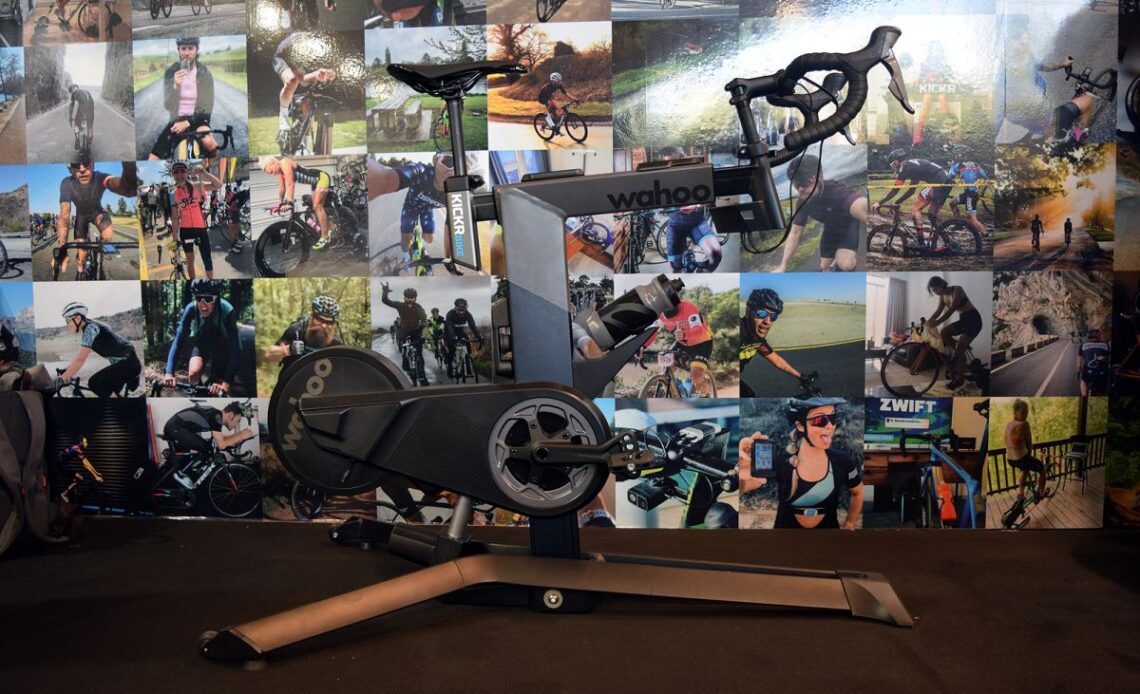Indoor cycling is incredibly popular, but you’ll need the right type of exercise bike for the cycling you want to do.
Peloton has popularised at-home spin classes, but there are alternatives if you want to join in online and follow a live or on-demand class.
For a more solitary at-home experience, basic exercise bikes give you a lower-priced option to get riding. You’ll miss out on the group aspect but may save on the recurring monthly charges of Peloton and its rivals.
Smart bikes combine low on-going costs with an interactive ride experience, although one that’s based on competition rather than group classes. They’ll give you the most realistic ride experience as well, but the up-front cost of purchase is high.
Here, we’ll set out the advantages and disadvantages of each type of exercise bike and how the ride experience compares, to help you narrow down the choice of the best exercise bike for your indoor cycling.
Basic exercise bikes
Best for: Easy at-home use
Pros: Affordable, some are foldable for storage, provide basic stats, no recurring costs
Cons: Flywheel often quite light, manual resistance changes, limited variety, may not be very stable
The lowest-priced exercise bikes are basic models which lack any connectivity. These will allow you to sit on and spin the pedals. You’ll usually be able to manually adjust the resistance against which you’re pedalling, via a knob on the exercise bike’s frame. Prices range from around $100/£100 for the most basic models to over $1,000/£1,000 for more sophisticated options.
Many now include a display on the bars, showing you how long you’ve been riding, how far you’ve gone and often other stats like RPM and calories burned. Some will include a heart rate sensor so that you can see how much effort you’re putting in.
Although some have quite a large base and are heavy and stable when riding, others are designed to fold away when not in use. These may be less stable and will usually have quite a light flywheel, which makes for a ride feel that’s not really like riding outdoors.
You’ll usually not get a freewheel, allowing you to take a rest while exercising, as there’s not enough inertia for the flywheel to keep turning without pedalling. This can be good for your workout but contributes to the unrealistic ride feel.
Because you’re not connected to any kind of ecosystem, there’s no recurring cost once…
Click Here to Read the Full Original Article at CyclingNews RSS Feed…

